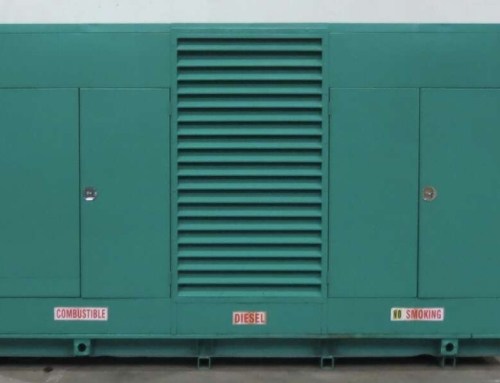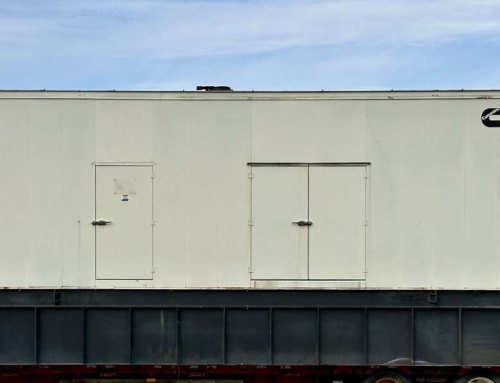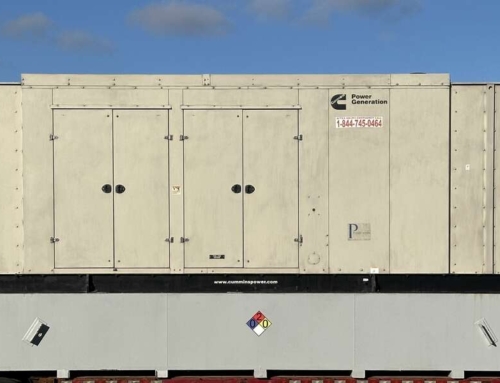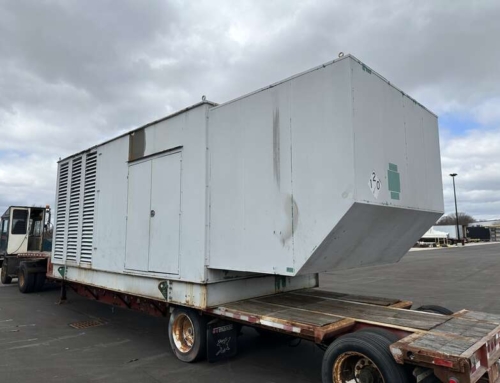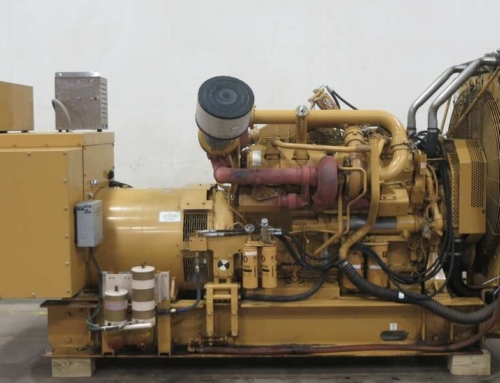When tested regularly, emergency generators provide reliable power supply during outages. Testing frequency varies depending on applications and regulations, but it is important to test once a year under full load conditions. Monthly and quarterly load tests are also performed in many facilities.
In this blog, let’s discuss generator testing schedules for different facilities, how to plan and execute generator testing, and when the emergency generator should be tested.
Generator testing schedule for different facilities
Below are the generator testing schedules performed under different facilities.
Healthcare: Emergency generators used in hospitals require weekly testing and monthly load testing.
Commercial Facilities: Emergency generator testing used in commercial buildings can be performed every 3 to 4 months.
NFPA 99(12): It requires testing every 20 to 40 days or 12 times a year.
Load bank testing: Load bank testing should be performed at least once a year by running the generator at 30%, %80%, and 100% load for a certain duration.
Residential: Generators used in homes or small facilities require monthly checks.
To perform proper emergency generator testing, a load bank test is recommended as it involves stimulating maximum load in the real world on the generator to make sure it handles the required power at various conditions. Before performing the test, determine the load to apply, and choose the type of load bank to use. Once the test is performed, record the results, evaluate them, and take necessary actions.
How do you plan and execute load testing?
Here’s how to plan and execute the load testing:
Planning the test
- Determine the appropriate load for the generator by considering the generator’s capacity and the facility’s needs.
- Estimate the duration of the test based on the type of test and the generator’s specifications.
- Select the appropriate type of load bank such as resistive, inductive, and capacitive loads.
- Make sure you follow all safety protocols before starting the test including safety procedures and personal protective equipment.
Execute the test
- Based on the manufacturer’s instructions, connect the load bank to the generator.
- Start the generator based on the manufacturer’s instructions.
- Slowly apply the load using the load bank and simultaneously monitor the generator’s performance throughout the test.
- Collect data such as voltage, frequency, amperage, oil pressure, and engine temperature during the test.
- Note the generator’s response and document unusual behavior or any issues.
Evaluate results
- Analyze the collected data during the test and find any potential issues or any chance for improvement
- Document the test result such as load applied, test duration, and any issues or observations.
- Compare the results with the manufacturer’s specifications and recommendations.
Take necessary actions
- Address issues identified in the test such as potential equipment replacement, adjustments, or any maintenance needs.
- Apply preventive measures to ensure the continued generator’s reliability such as routine maintenance and inspection.
- Record all actions taken according to the test results.
Points to ponder
- Make sure the technician performing the load testing is qualified and properly trained.
- Record all tests and maintenance activities and maintain thorough documentation.
- Ensure safety throughout the testing process.
- Make sure you follow relevant standards and codes such as NFPA 110.
When should the emergency generator be tested?
Emergency generators are tested on periodic basics typically monthly to make sure they perform seamlessly during a power outage. NFPA 110 is the common standard that recommends monthly testing with a load bank to make sure the generator is able to handle the full load. A periodic full load test that simulates the real-world power outage is also recommended.
Below are the most common generator testing schedules:
Monthly testing: Generators should be tested once a month for running 30 minutes. It can be performed manually or automatically on most generators depending on the setup.
Load bank testing: Load bank testing provides an artificial load to the generator, stimulating power outages and testing the generator’s ability to handle full load. It is recommended to perform once a year.
Weekly inspection: Emergency generators should undergo weekly inspections to check the fuel level, coolant level, oil pressure, and battery condition.
Full load test: It is performed periodically that imitates real-world power outages to verify the generator can provide power to the necessary equipment.
Fuel maintenance: It is critical for emergency generators as fuel-related issues may result in engine failure.
Points to ponder
- NFPA 110 states specific testing requirements for generators such as conducting annual tests with additional loads and exercising the generator with a load bank.
- Ensure you refer to the operator’s instruction manual that came with the generator to know the right testing requirements.
- Performing a test under complete blackout conditions is important to make sure the generator is ready for a real power outage.
To perform professional load testing by a qualified generator technician, contact us today.
CS Diesel Generators provide all kinds of new and used indoor and outdoor generators and their parts for sale. We also buy your used power generators at competitive pricing. Contact our expert today to perform professional generator load testing that extends its lifetime and provides a reliable power supply during an outage.
FAQs about Emergency Generator Testing
How to perform proper emergency generator testing?
To perform proper emergency generator testing, a load bank test is recommended as it involves stimulating maximum load in the real world on the generator to make sure it handles the required power at various conditions. Before performing the test, determine the load to apply, and choose the type of load bank to use. Once the test is performed, record the results, evaluate them, and take necessary actions.
When should the emergency generator be tested?
Emergency generators are tested on periodic basics typically monthly to make sure they perform seamlessly during a power outage. NFPA 110 is the common standard that recommends monthly testing with a load bank to make sure the generator is able to handle the full load. A periodic full load test that simulates the real-world power outage is also recommended.

